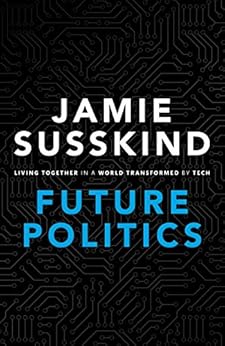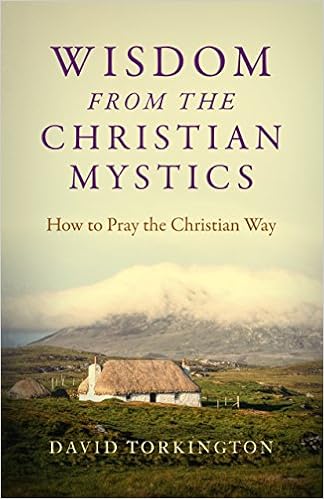 |
| The DARPA challenge |
A past DARPA challenge kickstarted the self-driving car phenomenon. Will this new attempt to equip robots with common sense reasoning and interpersonal skills be as successful?
For some value of 'successful' of course.
DARPA's proposal starts with a short review of the disappointing record on 'common sense'.
"Since the early days of AI, researchers have pursued a variety of efforts to develop logic-based approaches to common sense knowledge and reasoning, as well as means of extracting and collecting commonsense knowledge from the Web.DARPA breaks its new challenge into two substreams. The first bases itself on human infant cognitive development, as theorised by developmental psychology.
While these efforts have produced useful results, their brittleness and lack of semantic understanding have prevented the creation of a widely applicable common sense capability."
"The first approach will create computational models that learn from experience and mimic the core domains of cognition as defined by developmental psychology. This includes the domains of objects (intuitive physics), places (spatial navigation), and agents (intentional actors). Researchers will seek to develop systems that think and learn as humans do in the very early stages of development, leveraging advances in the field of cognitive development to provide empirical and theoretical guidance.The second stream is more bookish, mining the web.
“During the first few years of life, humans acquire the fundamental building blocks of intelligence and common sense,” said Gunning. “Developmental psychologists have founds ways to map these cognitive capabilities across the developmental stages of a human’s early life, providing researchers with a set of targets and a strategy to mimic for developing a new foundation for machine common sense.”
To assess the progress and success of the first strategy’s computational models, researchers will explore developmental psychology research studies and literature to create evaluation criteria. DARPA will use the resulting set of cognitive development milestones to determine how well the models are able to learn against three levels of performance – prediction/expectation, experience learning, and problem solving."
"The second MCS approach will construct a common sense knowledge repository capable of answering natural language and image-based queries about common sense phenomena by reading from the Web.I am impressed by neither approach.
DARPA expects that researchers will use a combination of manual construction, information extraction, machine learning, crowdsourcing techniques, and other computational approaches to develop the repository.
The resulting capability will be measured against the Allen Institute for Artificial Intelligence (AI2) Common Sense benchmark tests, which are constructed through an extensive crowdsourcing process to represent and measure the broad commonsense knowledge of an average adult."
It's too tempting to theorise a situated agent in terms of ungrounded abstractions, such as the belief–desire–intention software model. In this way we think of the frog, sat in its puddle, as busily creating in its brain a set of beliefs about the state of its environment, a set of desires such as 'not being hungry' and an intention such as 'catching that fly with a flick of its tongue'.
While we may describe the frog in such unecological folk-psychological terms - as is the wont of developmental psychologists - Maturana et al pointed out that is not what the frog does.
---
At this point it is tempting to bring in Daniel Dennett's ideas about first and second order intentionality but I distrust even this. Treating another animal as an agent (rather than an instrumental object in the environment) which is the hallmark of second-order intentionality, seems extraordinarily rare in the animal kingdom. The Wikipedia article, "Theory of mind in animals", suggests there is partial - but not compelling - evidence for it only in the case of some social animals. But the concept remains ill-defined.
We use a reified intentional language (note: language) with modal operators such as believes and desires to describe those objects we classify as agents. By virtue of 'possessing' their own beliefs, desires and intentions (= plans) they are taken to exhibit autonomy. We don't normally use such language to describe bricks and cauliflowers. We do use such language to describe spiders, mice and roombas - first-order intentional systems.
Some systems (such as people) seem able themselves to characterise objects in their environment (possibly including themselves) in intentional terms. They have the capability, for example, to look at us and see us as agents. We call these systems second order intentional systems. I would include cats and dogs and children here, noting how they manipulate us (spiders, mice and roombas don't seem to notice us as agents).
So how do they do that? That's the interesting architecture question DARPA is asking, and nobody knows.
I expect that a biological second order intentional system possesses neural circuitry which encodes a representation of intentional agents in its environment as persistent objects, together with links to situations (also neurally-encoded) representing beliefs, desires and intentions relativised to that agent. Think of the intuitions underlying Situation Semantics, implemented as computationally-friendly semantic nets: I wrote about it here.
I used to think that the only way forward was to design the best higher-order intentionality architecture possible, embody it in a robot child and expose it to the same experience-history as that involved in human infant socialisation. But I notice that DeepMind and similar have made huge leaps forward in simulated environments which decouple cognitive challenges from the messy (and slow) domains of robotic engineering.
So I imagine that's where the smart money will be.




















